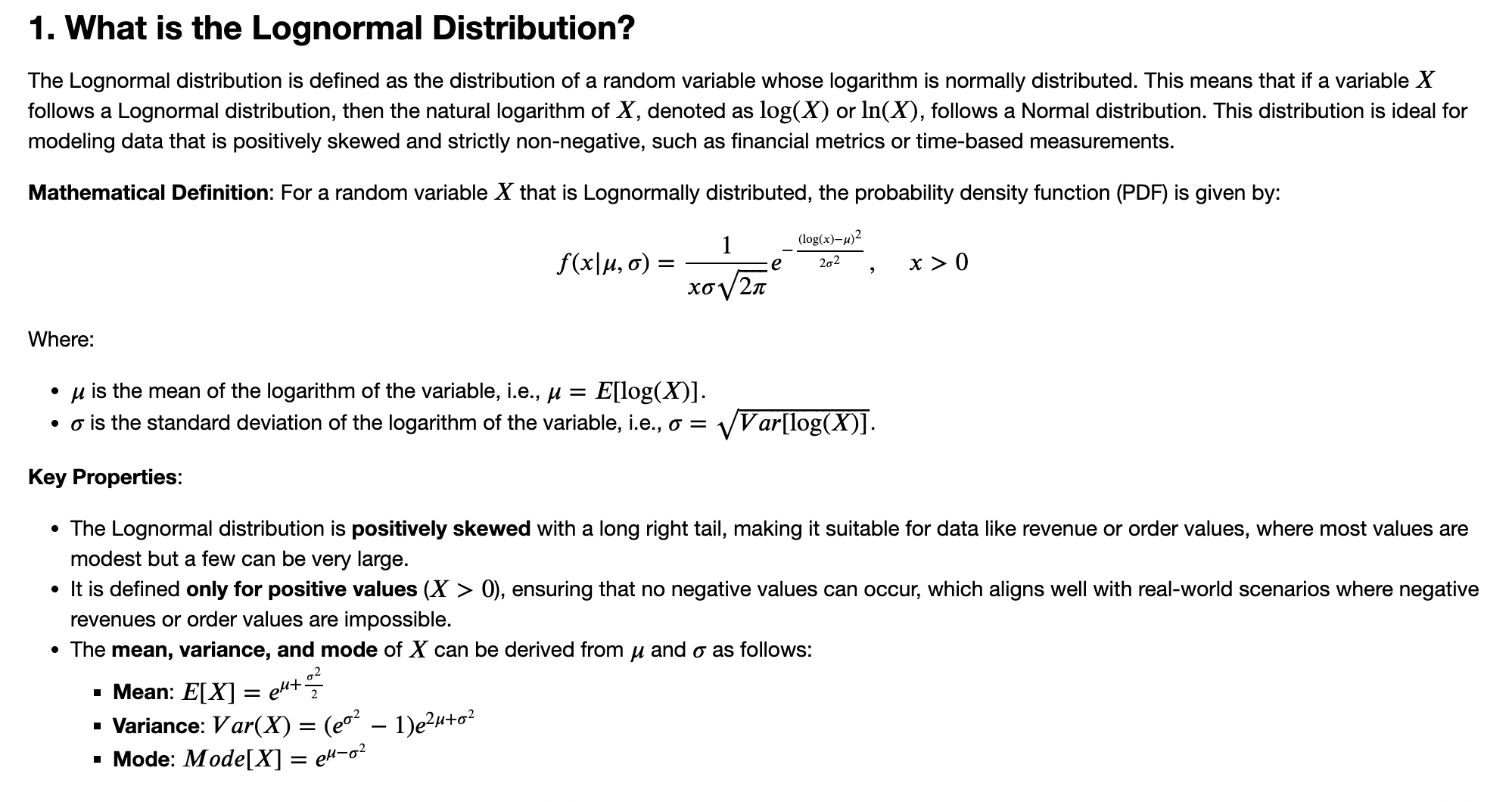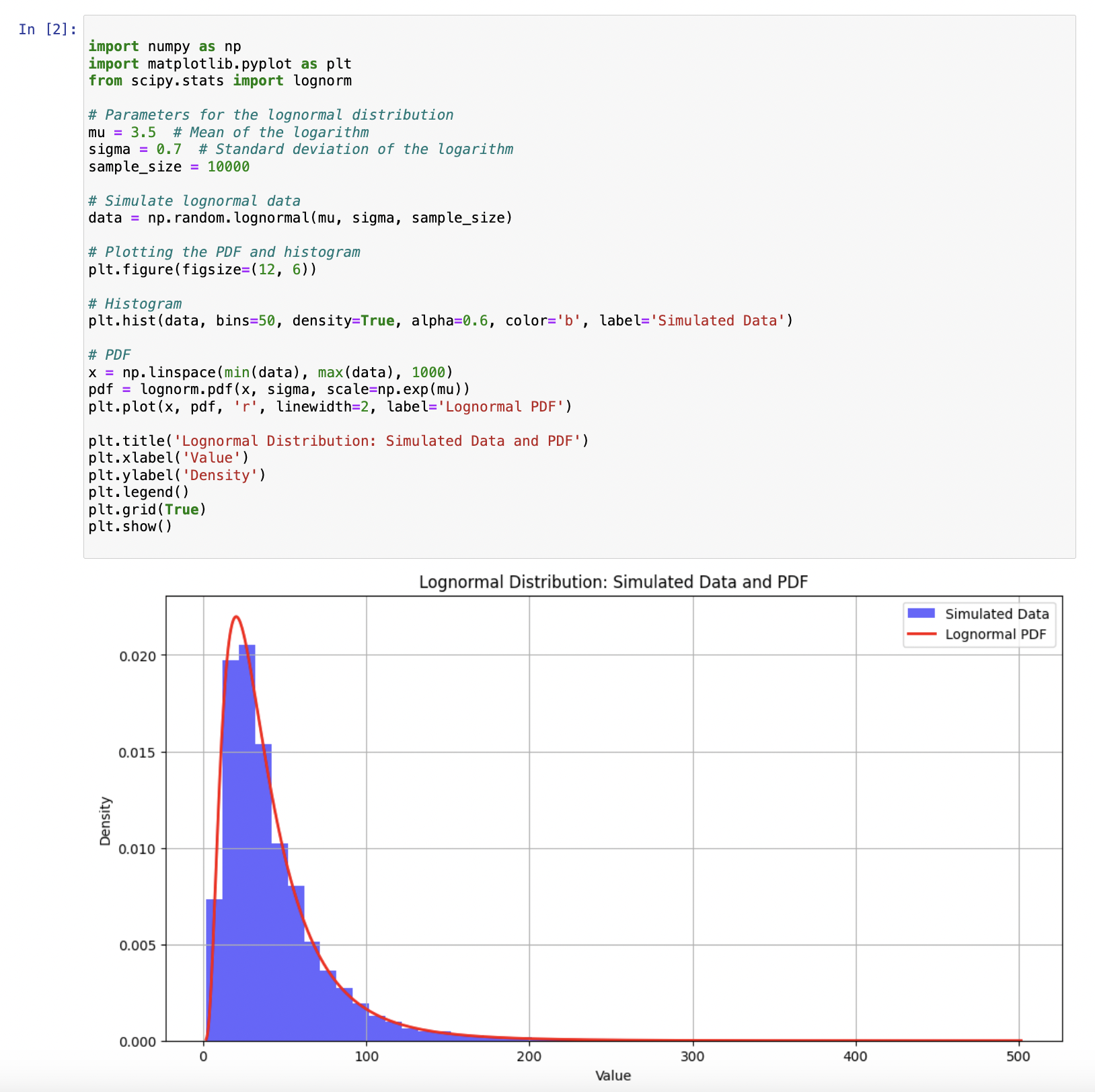What You'll Be Able to Do
For Companies
- Lift ROI across teams – turn product, engineering, and analytics spend into measurable revenue gains.
- Ship features faster – shorten experiment cycles and reach release decisions sooner.
- Operate under constraints – run valid experiments despite legal, traffic, or platform limits.
- Uncover new use cases – extend experimentation from pricing and funnels to ML models, marketing, supply-chain logic, and more.
For Professionals
- Raise the analytical bar – apply industry-leading methodologies to every test you run.
- Demonstrate best-practice expertise – deliver rigorous experiment designs and precise, variance-reduced results.
- Convert interviews into offers – answer the hiring-manager A/B questions that filter top candidates.
- Stand out at performance reviews – demonstrate clear, measured gains from your initiatives and earn higher ratings and compensation.
Course Contents
Projects you'll complete
Design, build, and deliver five portfolio-ready projects that demonstrate practical experimentation skills
Questions You'll Be Ready to Answer
You'll be able to solve some of the most challenging industry questions—problems that even teams at top-tier companies struggle to address.
Experiment Design
- How do we choose the most optimal sample-size determination method for a given metric, and what are its pros, cons, and trade-offs?
- How can we seamlessly incorporate multiple-testing adjustments (e.g., FDR procedures) into our power and sample-size calculations?
- How do we include the possibility of estimating long-term effects in the sample-size calculation—balancing FPR, power, and confidence in long-range predictions?
- How do we model novelty- and resistance-curves and choose metric windows that keep FPR and power valid throughout the test?
- How do we fold ratio-metric transformations into sample-size calculations while applying variance-reduction techniques, maintaining FPR, power, and an optimal bias-variance trade-off?
- How can we expand our experimentation toolkit with complex designs—factorial, switchback, crossover, interleaving—and what constraints, benefits, and trade-offs do they introduce?
- How do we choose the optimal holdout share to meet target FPR and power while avoiding unnecessary loss of experimentation capacity?
- How do we minimise holdout group contamination, and what practical strategies can we use to minimise exposure leakage or interference?
- How can we monitor holdout drift in real time and correct it without restarting the entire experiment?
- How do we set decision boundaries that balance speed with statistical power—and communicate early-stop calls to stakeholders?
Network Effects & Randomisation
- How can we detect and correct for spill-overs and network effects when parallel tests interact?
- What strategies—such as trimming geo boundaries or adjusting assignment logic—best mitigate contamination of entities exposed to multiple treatments?
- How do we select the optimal randomisation unit—user, session, product, order, geo, device, timeslot, or geo-timeslot—while balancing false-positive risk, power, bias-variance trade-offs, and interference?
Constraints & Workarounds
- How do we design compliant experiments under legal or pricing constraints and strict data-privacy rules?
- What workarounds enable high-quality testing with only partial or no dedicated experimentation platform—through manual splits, basic feature flags, or spreadsheet workflows?
Variance Reduction
- How do we leverage results from prior experiments to tighten current estimates without inflating false-positive rates?
- How can we maximise variance reduction for our key metrics—selecting and tuning CUPED, CUPAC, stratification, or weighted variance estimators for the greatest precision gain?
Long-Term Impact & Causal Inference
- How do we convert short-term improvements into credible 6- or 12-month impact estimates that stakeholders will trust?
- How to use causal-inference toolkits to validate experiment results when pure randomisation breaks down or ripple effects surface months later?
Business Impact
- How do we foster an experimentation culture and raise the bar across different teams and departments?
- How do we quantify and communicate the business value of experimentation programs?
- How do we balance stakeholder urgency and business needs with statistical rigour?
- How can we boost the number and speed of experiments without sacrificing validity?
What Does the Course Look Like?
Experience a comprehensive learning journey that combines theory, practice, and real-world application.
Theory
Interactive lessons with tailored explanations that adapt to your learning pace and background. Master the fundamentals of A/B testing with engaging content designed for practical understanding.

Practice
Hands-on coding exercises, quizzes, and work directly in an A/B-testing platform to build practical skills. Apply what you learn immediately with real tools and scenarios.

Projects
Complete end-to-end projects you'll work on, ready to add directly to your portfolio as real-world experience.
- Advanced experiment end-to-end analysis
- Experimentation methodology improvement research
- Experiment analysis automation
- Contextual multi-arm bandits project
- A/B platform

How Learning Works
Our curriculum is designed to give you both theoretical knowledge and practical experience that employers value.
Project-based curriculum
Apply your learning immediately to real-world scenarios and build a portfolio as you go.
Expert mentorship
Get guidance from industry professionals who have built A/B testing systems at top companies.
Practical exercises
Work with real datasets and tools used by data scientists and analysts in the field.
Expert-reviewed homework
Submit homework that will be iteratively reviewed by experts and receive detailed feedback for continuous improvement.





